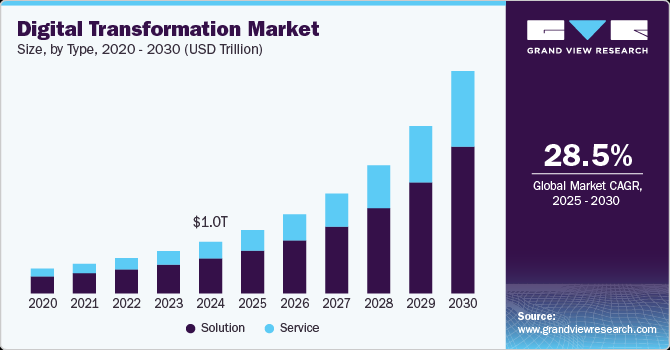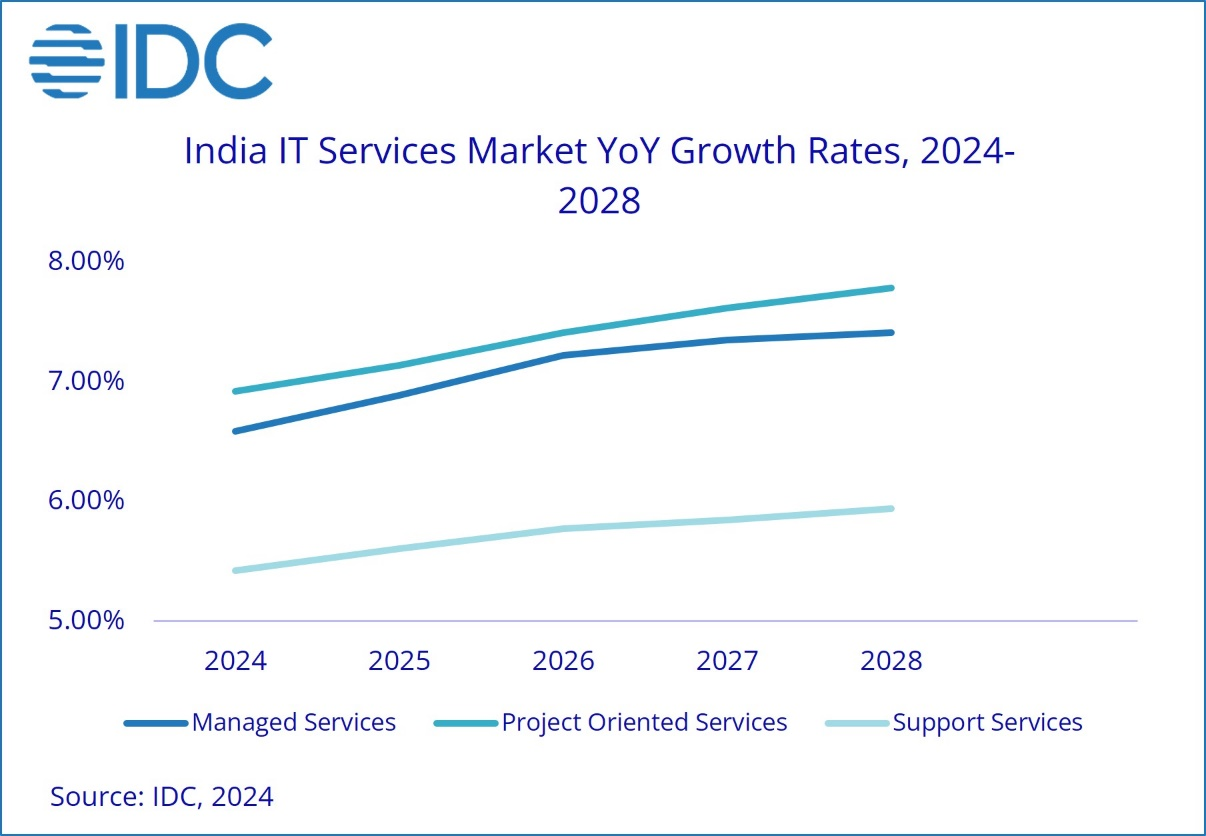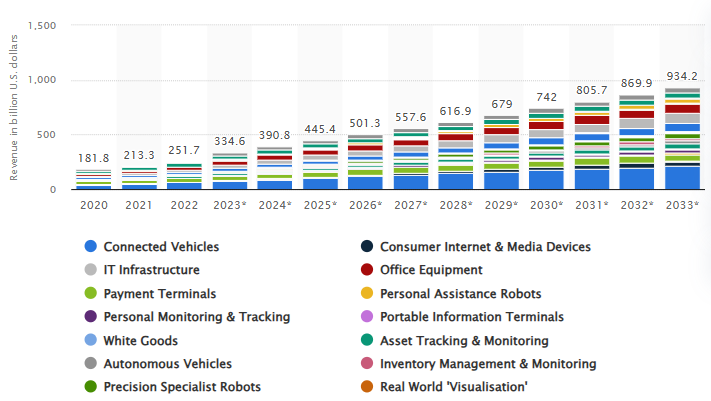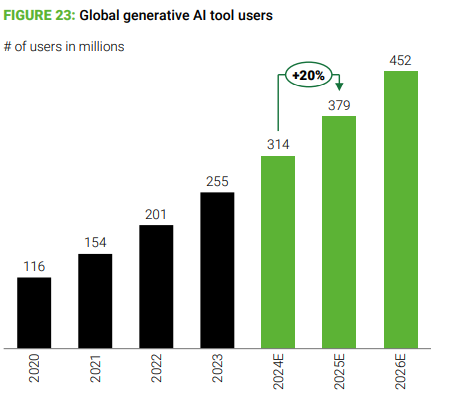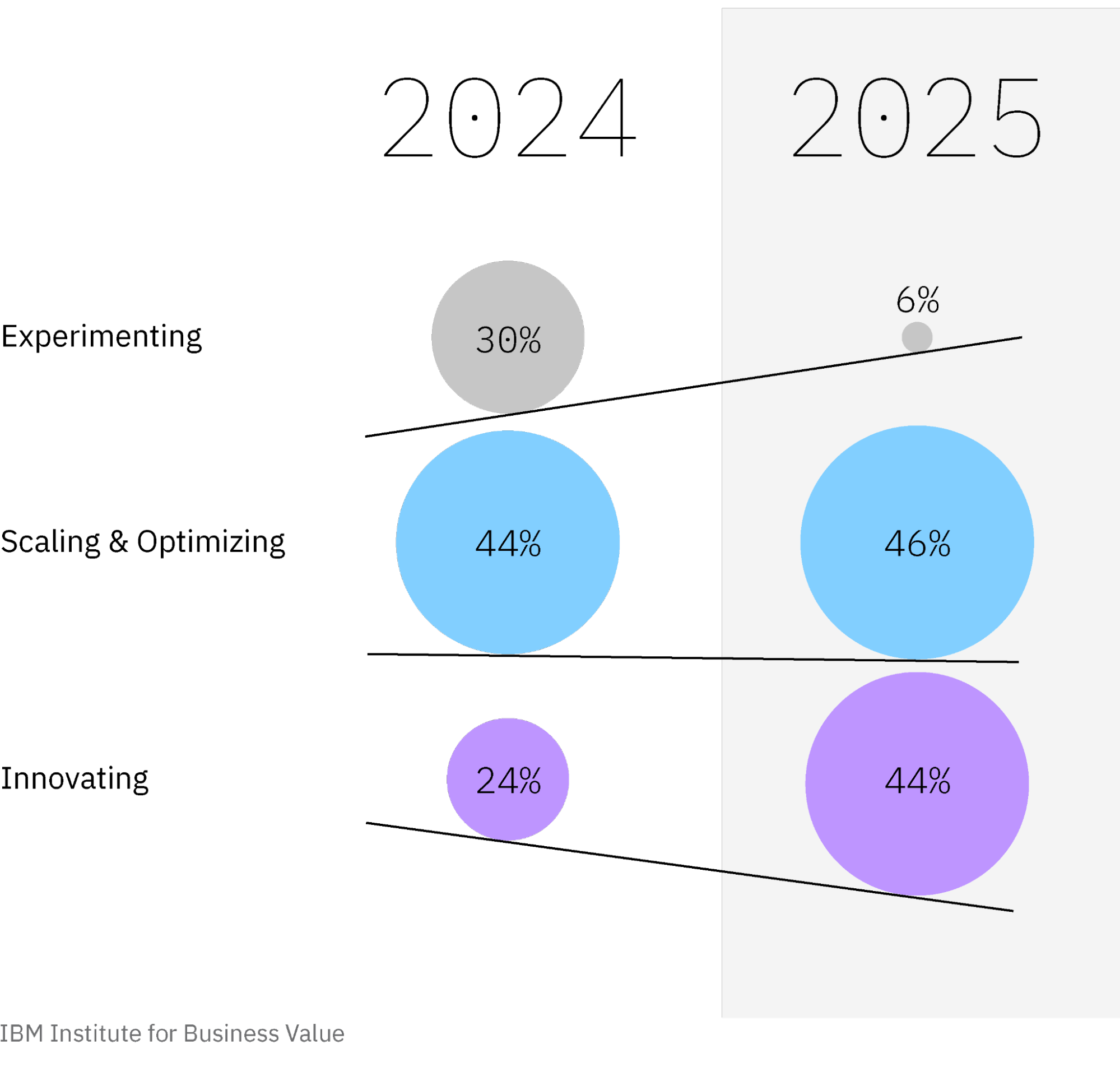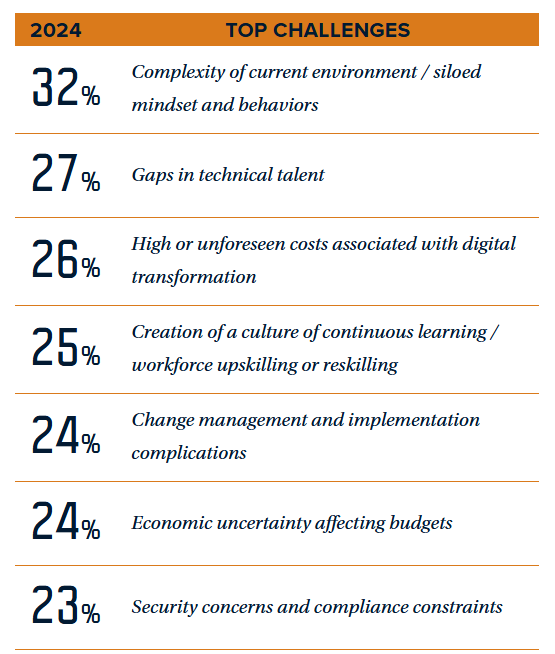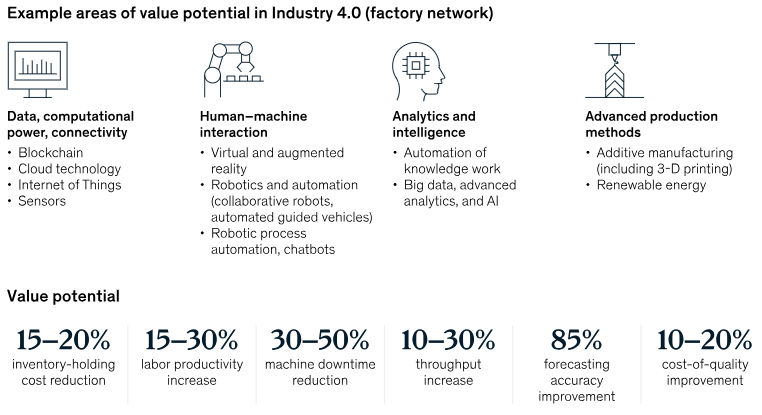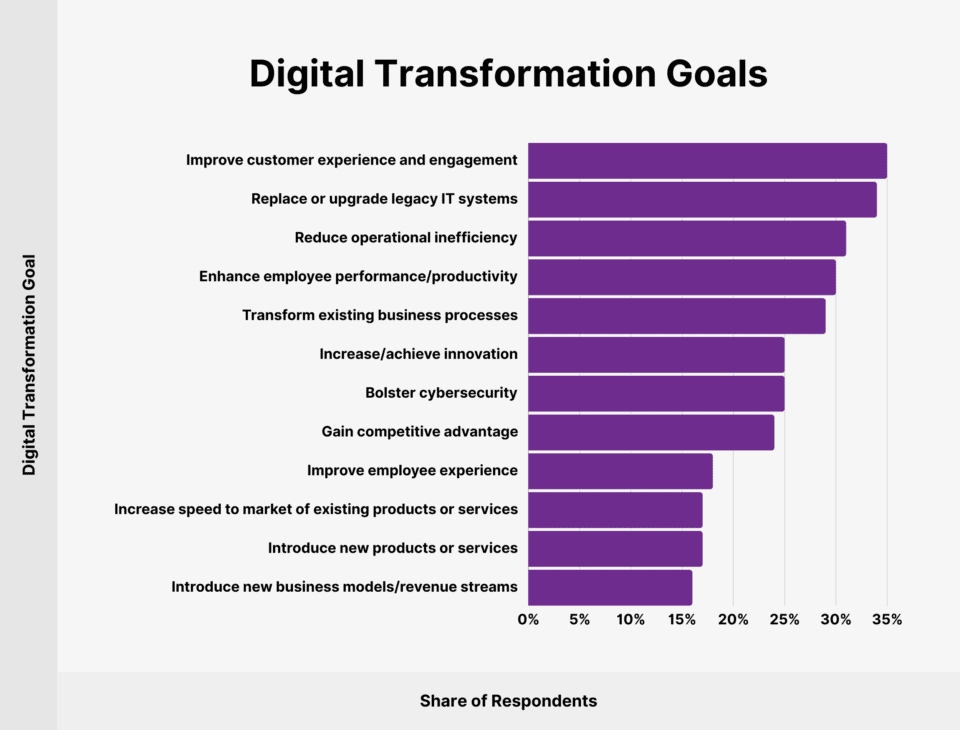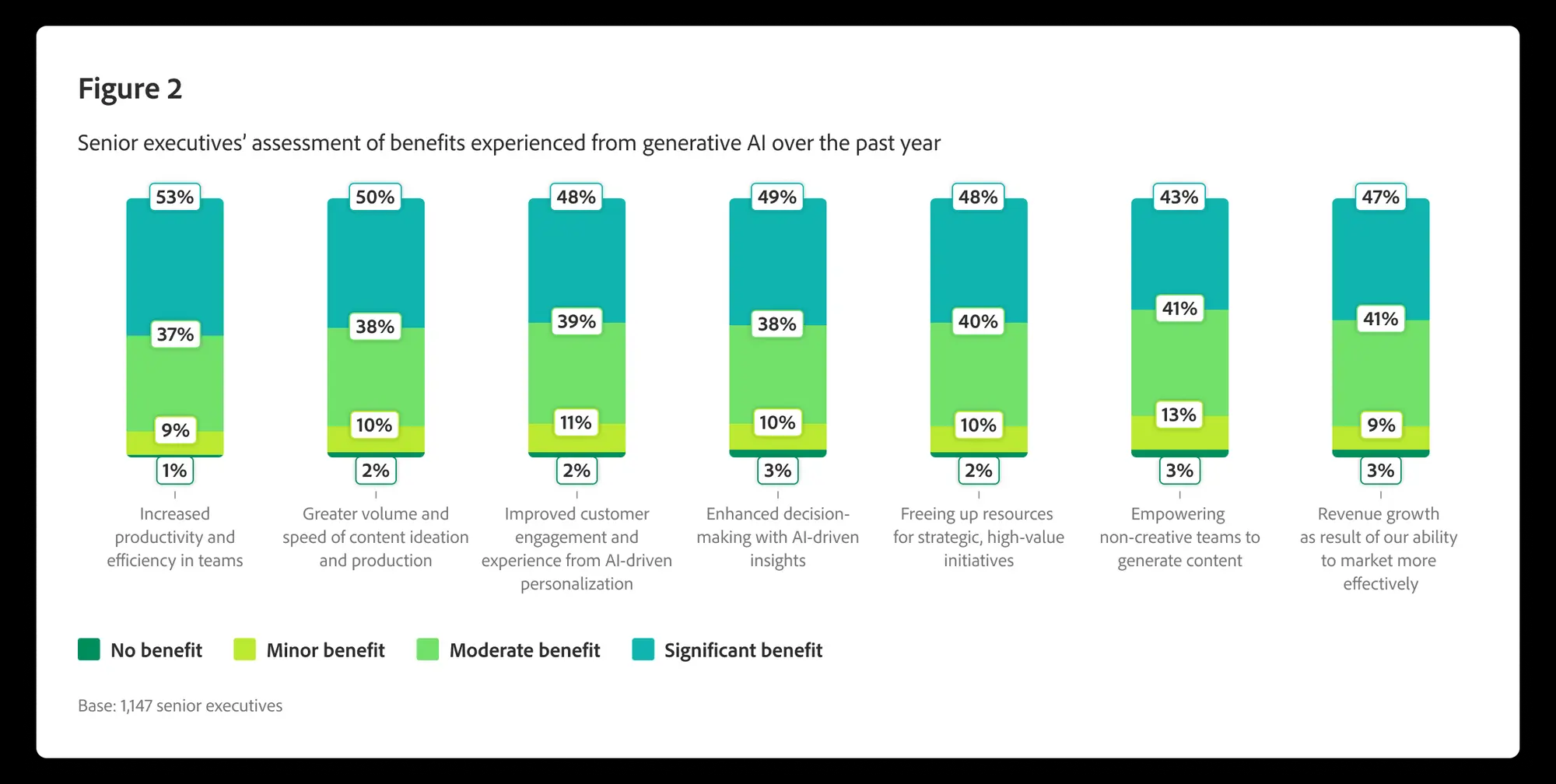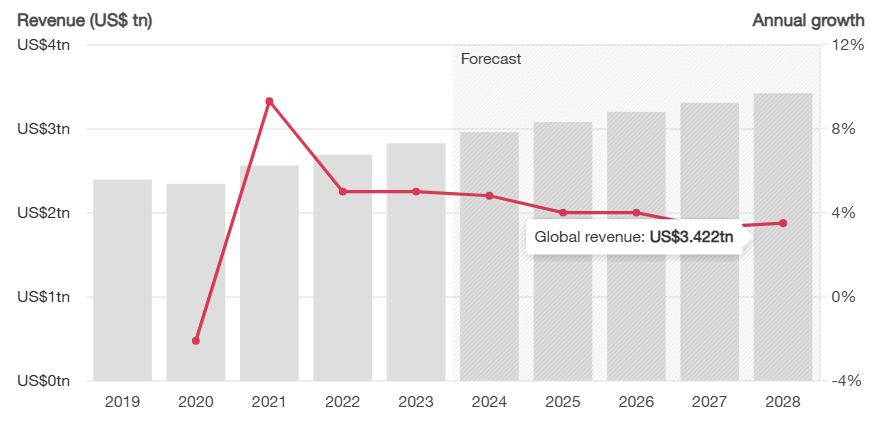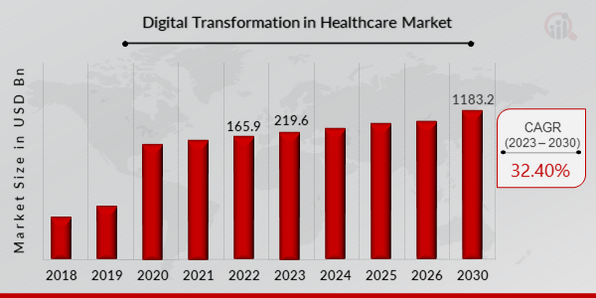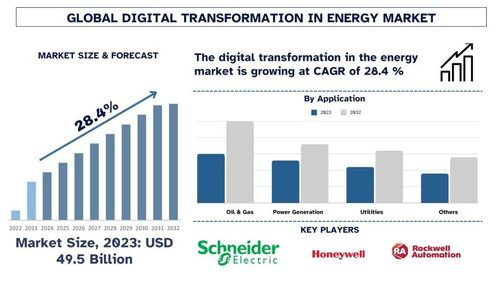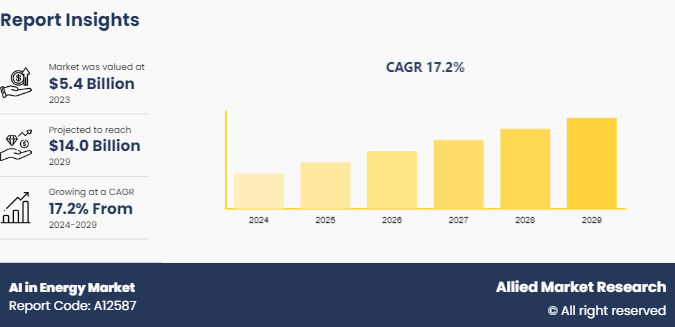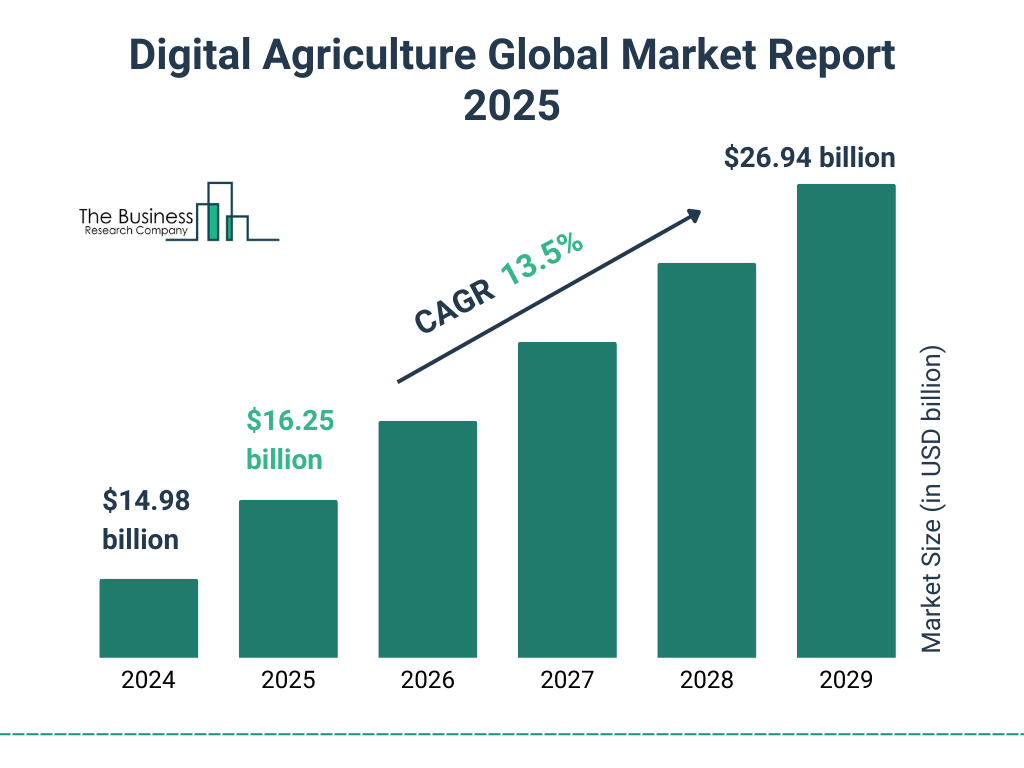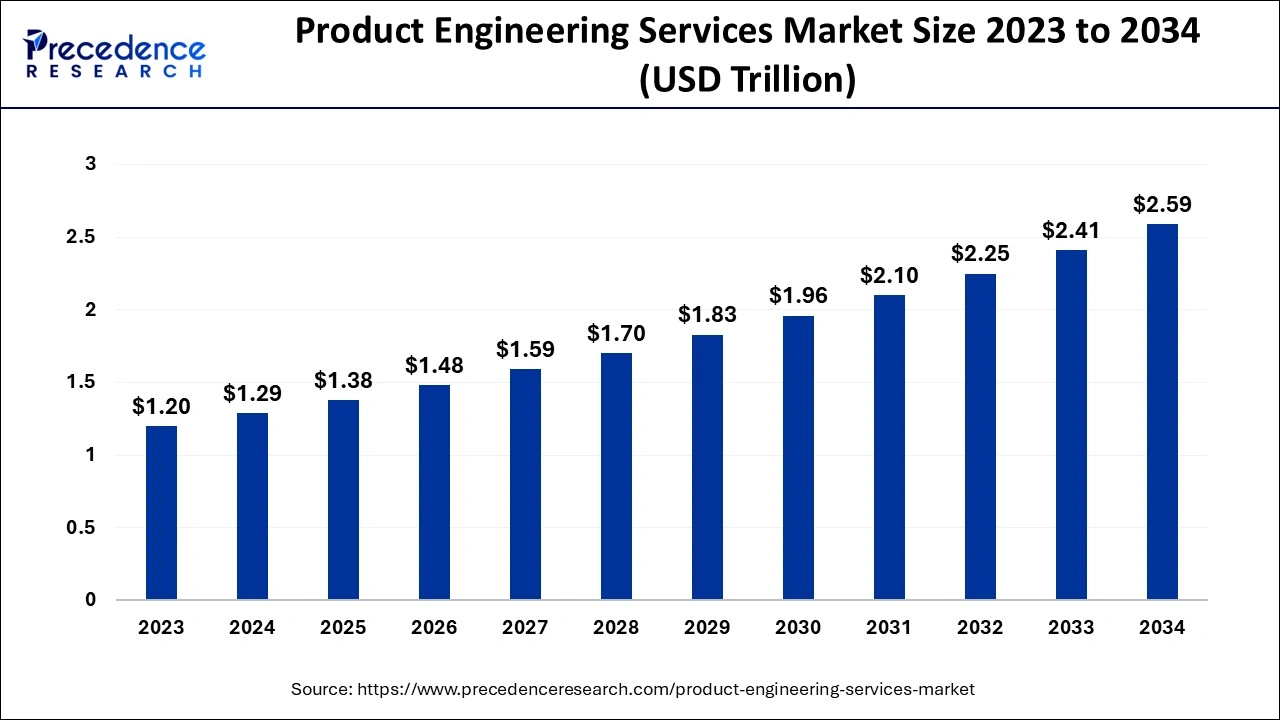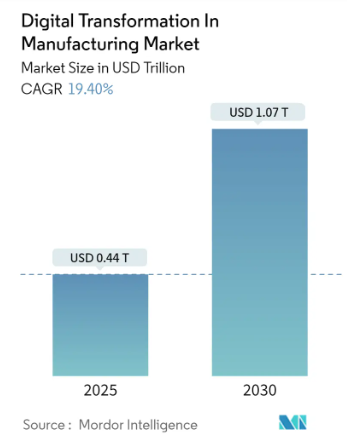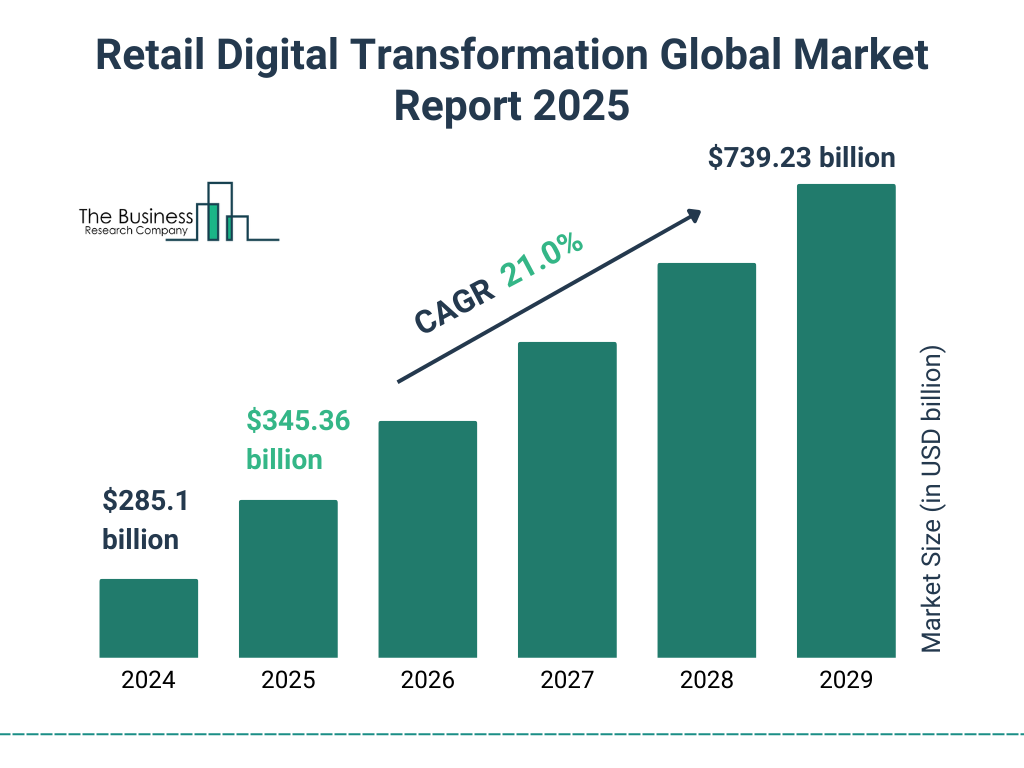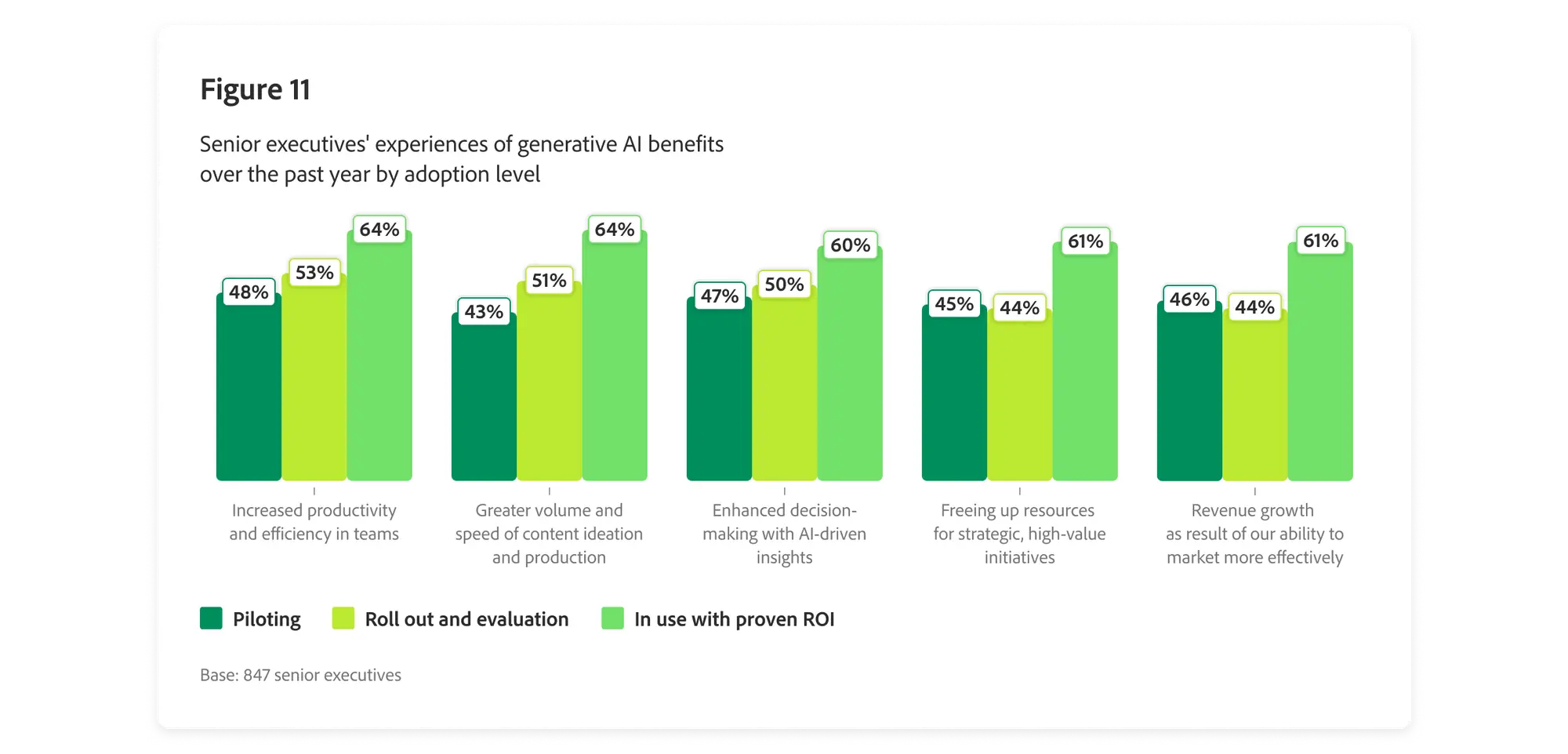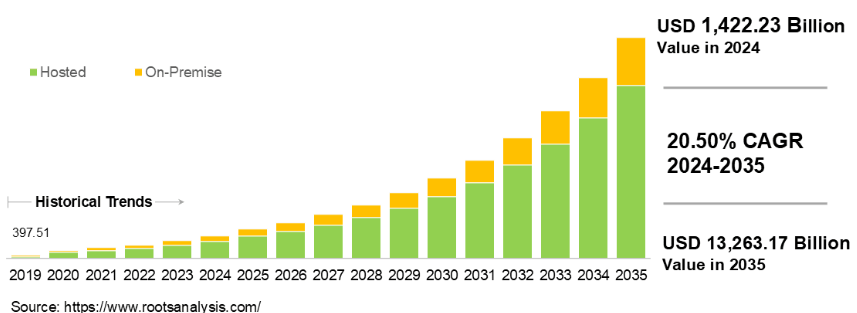Quick Summary :- The global industry transformation depends heavily on AI, IoT and automation technologies since they drive positive changes throughout manufacturing, healthcare and retail sectors. Modern companies use these technologies to reach higher operational effectiveness while improving customer service. The advantages have become apparent while organizations continue to deal with integration and protect themselves against threats.
The digital transformation market is expected to reach USD 1009.8 billion in 2025. Businesses require a clear understanding of these market developments for their present operational needs. The trend goes beyond traditional Information Technology patterns.
Organizations from multiple sectors including manufacturing, healthcare, banking and retail are deploying AI and IoT solutions during these times. According to digital transformation statistics, these new technologies are becoming mandatory rather than optional.
Your competitors currently utilize this technology to drive better efficiency, together with superior customer experiences. Digital Transformation Industry Statistics show organizations which do not transform their operations see rapid market decreases.
The Digital Transformation Services impact each part of your business operations while reshaping your customer value delivery methods. When you begin implementation, you might encounter certain difficulties, yet the advantages of these decisions far outweigh their financial requirements.
Your leadership team needs to execute well-informed technology investment decisions due to this fast-paced business advancement. The digital strategy which you create today will shape your competitive edge across future years. To help you make a digital strategy for your business, take a look at the digital transformation statistics provided below.
The Global Digital Transformation Statistics 2025-2030
Now, we are going to see Digital Transformation Statistics which will help us understand how AI, cloud computing, and digital innovation specific to each industry is changing or restructuring the markets and increasing business value across sectors globally.
Market Growth and Investment
1. Digital transformation spending is expected to rise from $2.5 trillion in 2024 to $3.9 trillion in 2027, which indicates a high level of technological investment.
2. In 2024, the global digital transformation market reached a market value of USD 1,070.43 billion, with a CAGR value of 28.5% from 2025 to 2030.
3. In 2025, global IT spending will increase by more than 9 percent from the previous year to reach almost $5.7 trillion.
4. The public cloud computing market is on the path of becoming a $723.42 billion industry in 2025.
5. In 2024, the Artificial Intelligence market went up from $184 billion to approximately $826 billion by 2030.
6. The sales of Generative AI are forecasted at $11 billion in 2020, up to almost $128 billion in 2024, and an even more ambitious one of more than $1.3 trillion by 2032.
7. Digital transformation is predicted to add $100 trillion to the overall world economy in 2025, which is a humongous shift in the economy.
8. Technology is also becoming increasingly vital to economics; over 20% of global GDP will come from the digital economy by 2026.
9. Generative AI is such that by 2030, it could automate up to 30% of working hours in the US economy.
10. In H12024, the Indian IT Services market grew by 6.4% YoY, contributing 79.2% of the total IT & Business Services market (IDC).
11. In 2024, global IT spending was 5.1 trillion U.S. dollars and was forecast to reach 5.6 trillion dollars in 2025.
Technology Adoption and Trends
12. By 2027, 50 percent of small and medium-sized businesses will have heavily revised their IT budget to include AI technologies.
13. Today, 82 percent of companies are actively using AI or are contemplating adopting it.
14. As of 2023, nearly 92 percent of digital leaders have adopted cloud technology to some extent.
15. By 2028, more than 50% of enterprises will leverage industry cloud platforms.
16. Almost 37% of people used generative AI weekly in 2023 and 73% in 2024, with marketing and HR departments growing the most.
17. By 2026, over 80% of enterprises have either tested or deployed generative AI-enabled applications.
18. According to the customers, a company that clearly explains its data usage is 71% more likely to be trusted by them.
19. Organizations plan to increase their IT budgets by 64%, and total IT spending is projected to grow 9% year over year.
20. Over the last 24 months, 87% on average of organizations have used technology to grow profits.
21. 72% of organizations are also using a secure-by-design approach where cybersecurity teams are included early in technology investment projects.
22. It is forecasted that consumer internet and media devices will grow their annual revenue from $2.7 billion in 2020 to $43.4 billion by 2033.
23. The revenue of the devices in connected vehicles’ Internet of Things (IoT) is slated to grow exponentially over the coming ten years and reach $908.6 billions by the year 2034.
24. The Metaverse market is estimated to reach $103.6 billion in 2025.
25. Globally, Metaverse will have 2.6 billion users by 2030.
26. The low code development platform market is growing at a CAGR of 31.1% from $10.3 billion in 2019 to $187.0 billion by 2030.
27. The use of the Generative AI tool is predicted to increase by 20% year over year in 2025, and there will be 379 million users worldwide using this tool.
28. For 2025, as compared to 2024, executives plan to inflate budgets of tech and Data Transformation by more than 10 percent.
29. 63% of top performers are spending more in the cloud to run and leverage Generative AI.
30. Sustainability considerations are cited by 34% of companies as one of the reasons for the expected budget increase.
31. Approximately 90% of organizations are presently in a state of digital transformation.
32. Virtual and augmented reality are still being chosen by 82 percent of workers so that they can follow competitors.
33. During the next three years, 89 percent of executives believe AI will lead to the creation of products and services.
34. In 2025, 46% of executives plan on scaling AI for process optimization and 44% will use AI for innovation.
35. According to 41% of executives, training, culture, and transformation of work are also top challenges in using generative AI.
36. 77% of executives believe there is a great need to rapidly adopt AI to stave off competitors, but only 25% state they are very confident their IT infrastructure allows for enterprise-scale AI.
37. 61% of respondents have already adopted big data analytics as the second most popular technology.
38. 26% of them are companies contemplating the adoption of AI/ML technology, of which 24% are currently in the pilot implementation phase.
39. In the past 3 years, only 54% of workers report their employer adopted new technologies.
40. 80% of CIOs will use organizational changes to take advantage of AI, automation, and analytics by 2028.
41. Today, only 45% of the Digital Threads will begin with Product Lifecycle Management (PLM) and by 2028 we see 80%.
42. The only number that needs to be retained is 2025, i.e., “the year of the AI agent“, as digitally influenced sales will be more than 60% in 2025.
43. The Digital Fitness & Wellbeing segment will reach several users of $2.1 billion by the end of the year 2029.
44. The fitness trackers market is projected to reach nearly 75 billion U.S. dollars in revenue globally in 2024.
Challenges and Barriers
45. According to 27 percent of senior leaders, a lack of technical expertise is a significant hurdle in attaining transformation goals.
46. Across industries on a global scale, 32% of leaders see complex work environments as a major barrier to digital transformation success.
47. Some 26% of senior executives rate high costs as a top barrier to digital transformation initiatives.
48. The challenge of digital talent shortage is a critical one in the execution of strategy, according to 39% of executives.
49. 87.5% of digital transformation attempts end in failure, testifying just how complex the process of technological evolution may be.
50. Those organizations that adopt a holistic technology value framework achieve up to 20% increased probability of significant enterprise value achievement.
51. The digital transformation can bring in 10-30% of throughput improvement, 10-20% of quality cost improvement, and up to 50% of machine downtime reduction.
52. Currently, 15% of asset-intensive organizations formally fuse ET/OT/IT investment roadmaps for IIA.
53. The main reason for not being able to implement digital transformation cited by 62.5% of the respondents was because of challenges in consolidating and utilizing customer data.
54. Companies today rate themselves to be customer centric, 75% of organizations think customer centric, yet just 30% of consumers think companies are customer oriented.
55. Organizations identify 35% of improving customer experience as one of the main purposes of digital transformation.
Customer and Workforce Perspectives
56. As companies progress with their technology, 73% of consumers now expect improved personalization.
57. According to 74% of customers, they are concerned about the unethical use of AI.
58. According to 68 percent of customers, corporate trustworthiness is more important in an era of AI advancements.
59. According to 80% of customers, human validation for AI outputs is of utmost importance.
60. 79% of customers are protective of their personal data.
61. According to U.S. executives, 56% of digital transformation initiatives have gone further than expected in improving employee productivity and reducing costs, among other things.
62. Additionally, productivity is used by most (81 percent) of the organizations as their main gauge of digital transformation’s return on investment.
63. Technology is complex and only about 30% of companies successfully navigate technology change through Digital Transformation.
64. Among organizations surveyed, 76% of industrial manufacturing firms say their workers are happy to embrace the latest technology.
65. It’s no surprise that 82% of the CEOs in supply-chain intensive industries intend to increase investments into digital capabilities company wide.
66. Deloitte has found that 51% of HR professionals are not yet set up to uptake AI capabilities within their human resources organization.
67. Digital initiatives are now followed by AI, which 34% of CEOs see as the leading theme for the next business transformation.
68. According to 50% of senior executives, faster ideation and content production are two leading benefits offered by AI technologies.
Industry-Specific Digital Transformation Statistics
69. According to the projection, the digital transformation market in North America is expected to hold a market share of 24.3% in 2034.
70. In 2025, the revenue of the healthcare AI market will exceed $34 billion.
71. Among the top three sectors with mature AI adoption, 34% have already reached a return on investment in manufacturing.
72. By 2026, 91% of retail IT leaders consider AI to be the most critical technology to implement.
73. By 2026, 75% of CIOs will infuse cybersecurity into systems and processes.
74. Digital evolution is expected to support the entertainment and media industry and is foreseen to grow as much as $3.4 trillion by 2028.
75. AI offers a huge revenue opportunity to 44% of media and entertainment companies.
76. Based on various reports, the annual growth rate of the EdTech market stands at more than 17%, and it is expected to reach $598.82 billion by 2032.
77. Currently, 60% of educators are already using AI as a teaching tool every day in their classrooms.
78. In 2025, over 75% of governments will rely more than half of their workloads on hyperscale cloud service providers.
79. The global digital transformation in the healthcare market is expected to grow from $219.6 billion in 2023 to $1,183.2 billion by 2030 at a compound annual growth rate of 32.40%.
80. Now 55% of banking customers use mobile banking while only 8% of customers visit physical bank branches.
81. Only 4% of retail banks are fully ready to capitalize on generative AI-driven intelligent automation.
82. But still, 61% of retail bank customers have contacted human agents as they are unsatisfied with chatbot resolutions.
83. By 2035, global artificial intelligence in the healthcare market is anticipated to reach $17,198.9 million by the end of 2035 with an 18.2% compound annual growth rate.
84. According to McKinsey, AI technologies are expected to generate value up to $1.1 trillion per year for the global insurance industry as well as close to $400 billion from pricing and underwriting improvements.
85. In 2025, 25% of the insurance processes will be automated with AI and machine learning and will save companies $140 billion in annual costs.
86. The global market for IoT in manufacturing is projected to grow from $50.0 billion in 2021 to $87.9 billion by 2026 at a CAGR of 11.9%.
87. In 2023, the global digital transformation in the global energy market was valued at USD 49.5 billion and is expected to go up at a compounded annual growth rate of 28.4% through 2032.
88. Electricity demand from data centers will increase from 180–290 TWh in 2024 to 515–720 TWh by 2030.
89. The compound annual growth rate for the global AI in the energy market is 17.2%; it is predicted to rise from $5.4 billion in 2023 to $14.0 billion in 2029.
90. Global digital logistics market size was valued at $28.13 in 2023 and is forecast to grow at a significant rate of 17.8% from 2023 to 2032, to reach $120.33 billion in 2032.
91. Technology investment in real time asset and cargo tracking systems is considered one of the ways to manage and mitigate 55% of transportation leaders’ risks, according to the survey.
92. The Digital Agriculture Market Size is projected to reach $26.94 billion in 2029 from $16.25 billion in 2025 at an 13.5 percent CAGR during the forecast period.
93. Around 60% of real estate companies are investing up to 5% of their revenue for digitalization.
94. By 2026, Gartner predicts that over 70 percent of government agencies will use AI to support improved administrative decision making.
95. By 2026, more than 60% of government organizations will opt for business process automation as opposed to 35% in 2022.
96. According to 63 percent of public sector leaders, generative AI poses the risk of mistrust in public institutions.
97. Product Engineering Services market to grow from USD 1.38 trillion in 2025 to USD 2.59 trillion by 2034 at a CAGR of 7.24% during (2025 – 2034).
98. The global digital finance market value was USD 3,835.2 million in 2023 and is anticipated to reach USD 10,095.7 million by 2031, at a CAGR of 13.05%.
99. Digitalization of aviation, travel and tourism will produce an industry value of USD 305 billion in 2025 (WEF).
100. The digital transformation market of manufacturing is USD 0.44 trillion in 2025 and is projected to reach USD 1.07 trillion by 2030 (19.4% CAGR).
101. Manufacturing digital transformation is dominated by the IoT segment which held 61% of the market share in 2024.
102. $84.6 billion in logistics digital transformation spending is expected by 2027.
103. Generative AI applications have an additional $2.6 to $4.4 trillion potential in the data and analytics market, which could go up to $17.7 trillion.
104. By 2027 it is predicted that more than half of data literacy and AI literacy programs of Chief Data and Analytics Officers (CDAOs) will have received funding.
105. In 2025, 40 percent of Chief Information Officers (CIOs) will focus on putting data at the forefront of the organizational culture.
106. Brands will see organic site traffic drop by half, to 50 percent, as consumers adopt generative AI-powered search by 2028.
107. By 2026, 80 percent of creative talent will adopt generative AI in a daily capacity to allow for more strategic work.
108. The retail digital transformation market is projected to reach $739.23 billion by 2029 from $285.1 billion in 2024, at a CAGR of 21.0 percent.
Artificial Intelligence and Innovation
109. Generative AI is pushing senior executives to action, particularly as 53 percent of them say generative AI has greatly improved team efficiency.
110. 62% of senior executives select AI and Machine Learning innovation as their top priority in the next 12 to 24 months.
111. Generative AI is on the agenda for 73% of the chief executives, who intend to utilize it to modify their company’s business model.
112. Generative AI Integration is already delivering value in product and service innovation in 67% of top performing organizations.
113. AI-assisted researchers reveal 44% more materials, leading to 39% more patent filings, and 17% more advanced product innovation.
114. About 70 percent of telecom operators are finding ways to align AI deployments with international ethical AI standards.
115. By 2026, organizations that are operationalized with AI transparency, trust and security will see a 50% increase in adoption, business goals, and user acceptance.
116. The use of AI is actively taking place in 40% of companies worldwide, while another 42% are exploring adoption (82% total engagement).
117. By 2026, 91% of retail IT leaders consider AI as the most important technology to implement.
118. Organizations that have proven ROI from AI have listed 64% citing faster content production and higher productivity.
Future Outlook and Predictions
119. According to executives, in the next three years, 85% believe that AI will drive business model innovation.
120. The compound annual growth rate for the Global Digital Transformation Market is expected to be 22.50 percent from $1,422.23 billion in 2024 to $13,263.17 billion in 2035.
121. By 2026, generative AI will be used by 80% of advanced creative roles to generate a differentiated result.
122. By 2027, 20 percent of brands may use the lack of AI within their business as a competitive differentiator.
123. Eighty percent of B2B sales interactions are projected to happen through different digital channels by 2028.
Conclusion
The global industry transformation depends heavily on AI, IoT and automation technologies since they drive positive changes throughout manufacturing, healthcare and retail sectors. Modern companies use these technologies to reach higher operational effectiveness while improving customer service. The advantages have become apparent while organizations continue to deal with integration and protect themselves against threats.
Frequently Asked Questions
What is Digital Transformation and why is it important?
Digital transformation involves the use of technology in various processes in an organization. It means that you will witness increased performance, increased customer satisfaction, and better competitive advantage as the key benefits.
What are some important insights about the concept of digital transformation in 2025?
The market will reach USD 4,617.78 billion by 2030 with a CAGR of 27.6%. The overall spending for the Digital Transformation Industry Statistics is projected to reach $3.9 trillion by 2027 worldwide.
What are the industries that are most advanced in the process of digitization?
Health care, financial services, and manufacturing have emerged as the frontrunners. Retail and Telecommunications are the next significant spenders of technology outlay with notable disparity.
What are the issues related to business during its digital transformation process?
There will be resistance to change and transfer of skills in your organization. You will have to see issues such as the cost of implementation, integration of legacy systems, and data security.
How has COVID-19 impacted digital transformation?
The pandemic was a catalyst for change, and digital transformation statistics proved the amplification of their digital endeavors by companies. Your competition has already expanded remote functions and online services efforts.
